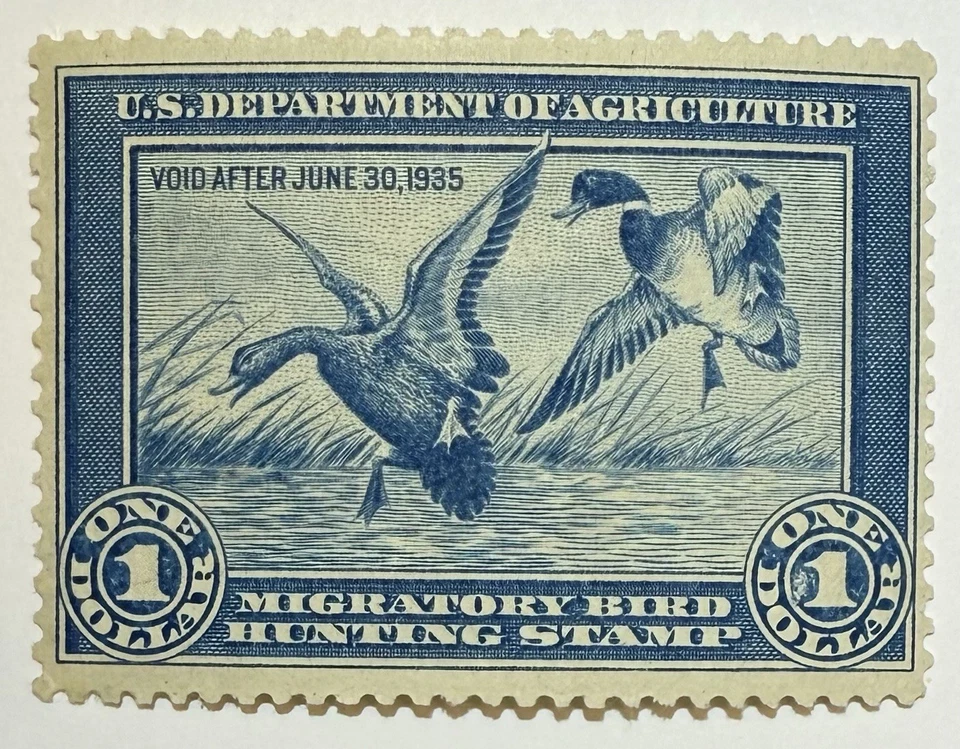Censor stamps on war covers
- Xanthe Page

- Sep 17
- 4 min read

On Saturday I was at a stamp fair in Liverpool where I picked up three covers and a postcard with censor stamps. Three of these are from World War I and one is from shortly after the end of World War II.
The two covers and the postcard from World War I were all posted from British Field Post Offices – we know this by the date stamps. There were two types of post offices soldiers could use: a Field Post Office or an Army Post Office. Most mail came through a Field Post Office, which would be based at Divisional or Brigade headquarters, or more often a postal station set up “in the field”. These post offices could have been a tent with a table, but they served a very important role in providing a connection between the soldiers and their families at home. An Army Post Office would be used if the mail was being posted from base, hospital or general headquarters.
As you can see from these covers, the Army Postal Service did not require soldiers on active service to pay postage and so we don’t see any postage stamps. However, we do see the date stamps and we can see that these letters were posted on 20th April 1915, 21st June 1917 and 31st July 1917. The Field Post Offices all had numbers (in these cases 22, 12P and 187 respectively) and I hoped I might be able to find out where these were posted from.

Sometimes FPO numbers represented specific locations and other times particular divisions. FPO 9 was used by the 9th Brigade of the 3rd Division. However, it seems the FPO numbers used were often swapped for security reasons – one example is FPO H13, which was initially assigned to the HQ XIII Corps before being reassigned to the HQ VI Corps. This makes sense during the war as they would not have wanted unit locations becoming known to the enemy but it unfortunately makes life difficult for postal historians. There isn’t a book of FPO numbers that lists all the Field Post Offices for British forces.


However, Google can help! I was able to discover that, in 1915, “FPO 22 was the British military postal system's designation for a post office serving troops in Italy during World War I”. We know this because of a postcard sent from Italy at this time which carried the FPO 22 postmark. I could not find a record of FPOs 12P or 187, but the postcard shows the British counter-torpedoes in the Dardanelles so perhaps FPO 187 was somewhere in that area? You might think that would be logical, but the date of the postmark is over a year after the failed Gallipoli campaign and the withdrawal of British troops from the area so there is a mystery here. Perhaps the postcard is simply a standard military postcard and doesn’t indicate the location? I have discovered that military postcards showing equipment (e.g. tanks and ships) and scenes were often sent from the front and training camps, so perhaps this is just another one of these and there is no way to tell where it was posted from.

Another stamp we see on these covers is the censor’s stamp. The censors would remove any information from letters or messages that could help the enemy. It was a very important role to protect military secrets as even basic information about locations could be dangerous. There were different types of censor stamps on these covers. On the April 1915 cover this is a triangle and stamped in red ink, which was one of the earlier censor’s stamps. In 1917 an oval stamp was introduced and we see this on the two covers from that year – on the postcard this is in black ink but it is in red on the cover. Red was the colour of choice at it stood out and was used as standard. Is there a reason that black was used on the postcard? Probably not, unless the Field Post Office had just run out of red ink!
The cover postmarked 31st July 1917 is on an official envelope printed with “On His Majesty’s Service” and is addressed to Regimental Paymaster in Chatham. My dad has told me that the regiment based at Chatham was the Royal Engineers, so perhaps 12P is a Royal Engineers’ FPO? It is interesting that a letter on official government business was passed to the censor in the same way that any other piece of mail would have.
The postcard postmarked 21st June 1917 has been censored. The message from the writer has not been interfered with at all, but on the reverse we see that the word “Dardanelles” has been scored through – not very effectively however as it can still be made out. A previous owner has also pencilled “Dardanelles” on the card so the location was clearly obvious and makes you wonder why it was (poorly) censored in the first instance.

The fourth and final item is a cover is from Germany shortly after World War II. The stamps showing Heinrich v. Stephan date from 1948, when Germany was occupied by Allied forces. The letter was “opened by examiner” and then stamped “British Censorship Germany, 2851”, which shows it was inspected by British authorities in the British occupied zone (North-West Germany). The number 2851 identifies the particular censor who examined the letter. We don’t know anything about them and there is no available list of censors.
Every time I go to a stamp fair I buy some unusual items and try to learn about them. I found these really interesting and I think I would like to build up a collection of war-related postal history.







Comments